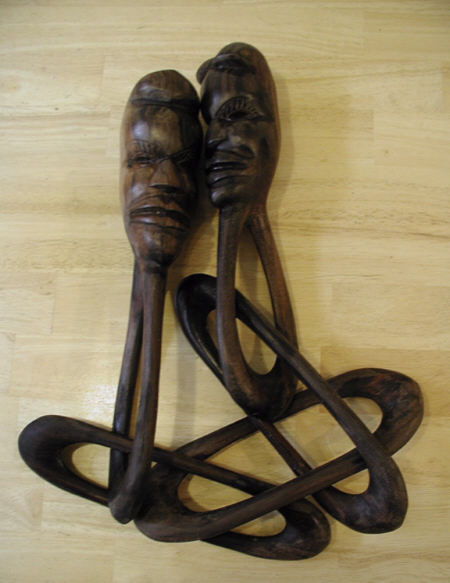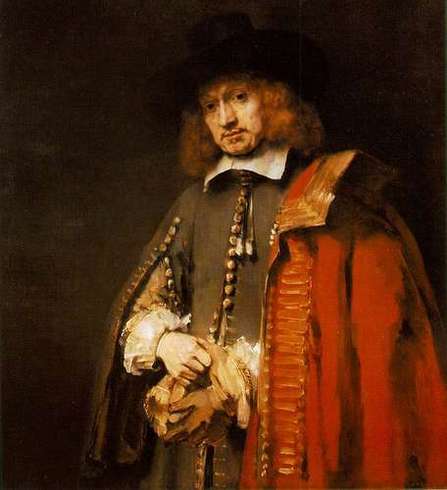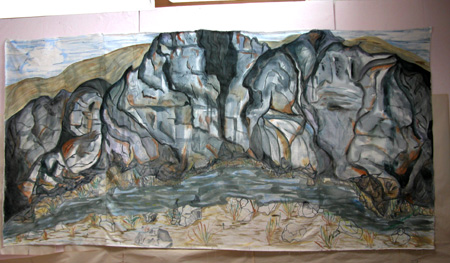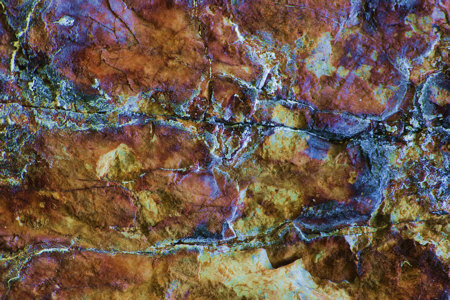I tried out my new camera along one of the beaches at Sleeping Bear Dunes. Cotton wood trees survive here in the migrating sand because they can grow new root systems higher up on their stems as needed.

a multi-disciplinary dialog
I tried out my new camera along one of the beaches at Sleeping Bear Dunes. Cotton wood trees survive here in the migrating sand because they can grow new root systems higher up on their stems as needed.

Picked up a piece of airport art at a garage sale. I believe that the lady said it was from Kenya. It is a chain, carved from a single piece of wood with a stylized head at each end.

Well. It seems we have had a few quiet days here on A&P, so I thought I’d fill in the silence with a little thunder.
If you could see my face, you’d smile.
First, please enjoy this image of Rembrandt’s portrait of Jan Six. At this level of greatness, one must say, as did mmm, DeKooning? Stella? “He is on one mountain; I am on another.”
So I will not say “The greatest portrait in history,” but certainly an Everest. Sorry about the bad scan. It seems that all the better images on the net had that same irritating line about two-thirds of the way from the left.

A recent comment asked whether any artist today could paint like Rembrandt, Titian, or Raphael.
My answer was that there were many.
But I’d like to add to that. There are not as many as there could be, or should be.
I did not say that I could paint like any of those guys, but I almost did.
Because I can.

I’ve been thinking about the planes on which we work, that is, the stretched canvas, the photograph, and the quilted textile. This is partly in response to my interest in analyzing quilted textiles vis-a-vis more traditional media, say, oil paintings. But my thinking has also been triggered by some reading I’m doing; I’ll reference the readings at the end of this post.
With stretched canvas, some questions revolve around how the picture plane is used (as a window, as a flat surface, or extended out into frontal space and rounded so there’s a back side to the image.) more… »

From today’s New York Times “Digital manipulation is just another tool. It’s less profound than the lens you use, or the angle. But in the end, photography is all about manipulation, and as it’s evolved, it’s become more manipulative in every way. I’ve never seen photography as a truthful medium. It’s about individual perceptions of reality, and that’s what people want to see.”
The Times examines the work of London photographer, Nick Knight. “When I’m producing a piece of work,” Knight says, “I’m looking for something I haven’t seen before, and once I’ve produced it, I’ll want to see something else.”
One of the world’s most successful fashion photographers, Knight lives in the digital world.
I realized that one of the most fascinating and potentially controversial and engaging aspects of digitally enhanced photography is that unlike any other visual art form before it, just about anyone with a computer can have at it. A great artist’s work (assuming you accept Knight as a great artist) becomes an interactive experience that can evolve, devolve and easily change according to the viewer’s own vision. Imagine a visual art form that is a photograph or creation that is the combined effort and vision of both the artist and the viewer(s). Warhol’s multiple images reimagined except the series is the work of the original artist digitally “enhanced” infinitely by his viewers. more… »

Title: Scrying
Medium: Pencil & Oil on canvas
Size: 140 x 78 cm
This painting was made with a technique I have discovered by reading posts from both Karl Zipser’s and Hanneke’s methods.
I have drawn directly from a combination of life and imagination on to the canvas, shading to some extent and completing it mostly.
When the drawing was absolutely right, then I covered the picture with thin layers of oil mixed with diluents to show some of the transparencies.
I finally overworked to the top leaving some parts of the pencil showing through and some other parts built up with colour and tone.


Karl asked me last week: What am I trying to say with my Patina photographs of old paint on old cars? Within the context of what I had just been doing — starting to work with strong color and abstract patterns — I quite honestly answered that I didn’t know. But to work with the images, I had to retrieve them from a computer directory “Junkyard cars” that was paired with another one, both under the rubric “Patina-Altered Surfaces.” It wasn’t until browsing later that I was reminded of that second directory called “Rocks.”